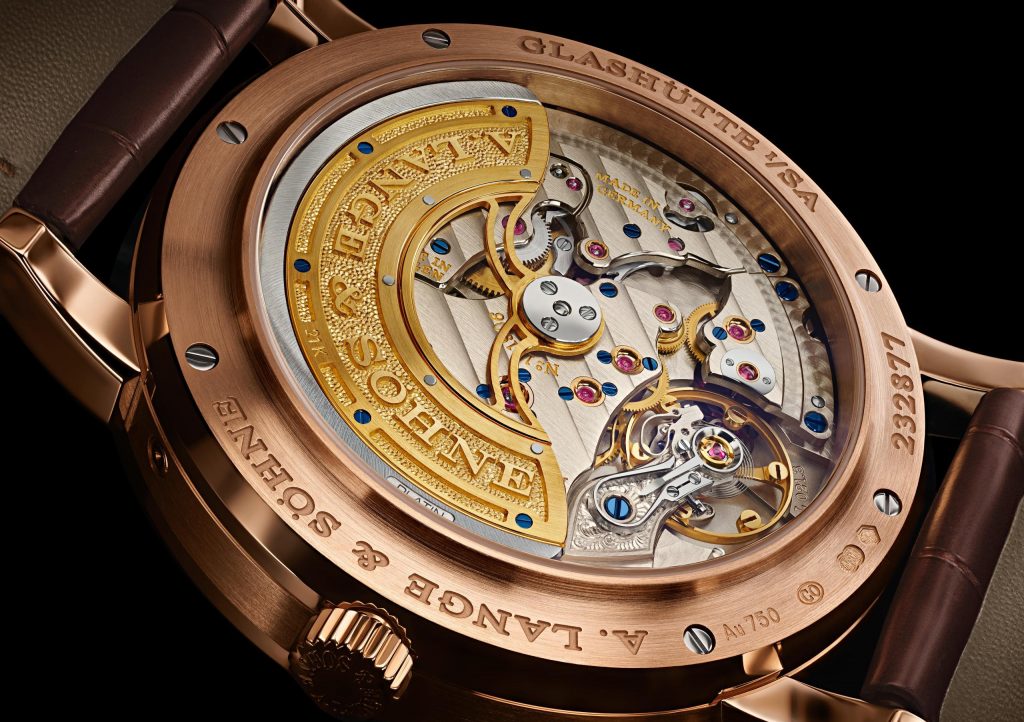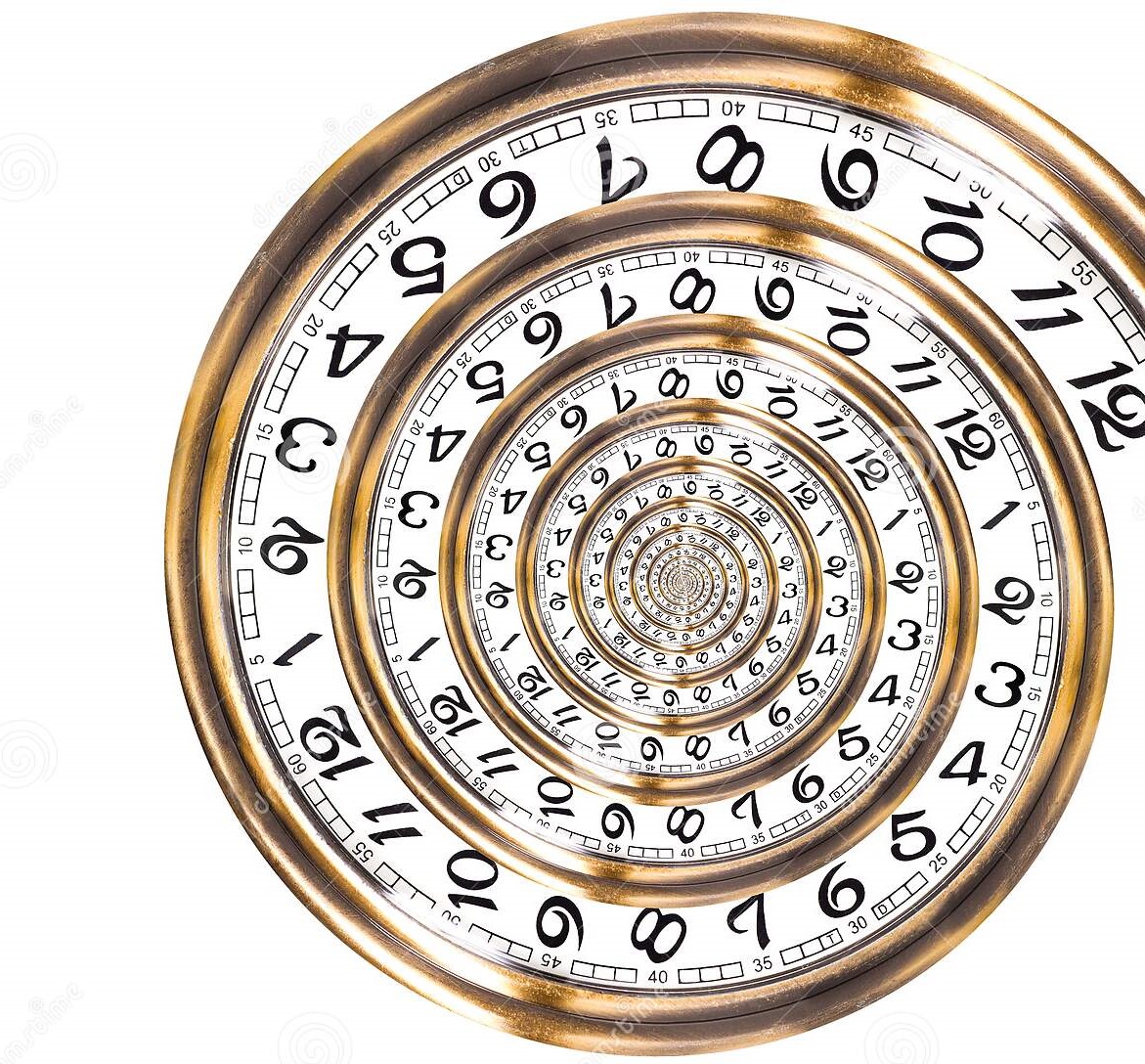Music plays a vital role in how I perceive the world around me. I plotted the whole story while listening to Hans Zimmer’s “Time” and “Chevaliers de Sagreal” while placing the ticking sound of my Seamaster’s caliber-8800 against my ear.

I have used watches as a descriptor of character, taste throughout the book. I am not saying that a fancy watch is an appropriate indicator of taste and refinement, but a fake Rolex (not homage) can be necessary to show taste (or lack thereof). But watches and music played a far more profound role in the plot itself. For instance, to create the three interconnected lives of Philip Nardin, I kept staring at the intricate dial of the Grand Seiko SBGH267 while constantly listening to Hans Zimmer’s “Dream is Collapsing.” And then it just appeared before me.
When I look at any wristwatch, the case back is far more intriguing than the dial. Just look at the point back of an A Lange & Sohne automatic movement.

I stare at the case back of mechanical watches and wonder how these gears and springs move in a circular motion, yet they depict time linearly. I often wonder if I could miniaturize myself and enter the movement, I will be trapped into a time loop. The time and memory loops in this story and the subsequent sequels (that becomes evident in the later chapters) are an homage to the intricate art of watchmaking.
Compositions by Liszt—especially consolation no. 3 and Liebestraum no. 3 helped sculpting Akane. Without Chopin’s Ballade No. 4 (Op. 52), Raindrop Prelude, and Liszt’s La Campanella, I could not have sketched Emika. When I shut my eyes and listen to these pieces, not only do they appear, but they also bring the phenomena—hanafubuki with them. I have added the music that is referred to in this book and the ones that helped me write it into a Spotify playlist.
